According to research carried out by the Project Management Institute, poor requirements management is a major cause of project failure. A conference paper at the institute states that over 70% of project failures can be attributed to improper requirements gathering.
This means that it is crucial for project managers to understand what requirements are. They also need to know how to manage them successfully.
To begin with, what are requirements in project management? You can think of it as something that is necessary to meet project goals. For example, it could be an essential feature or a system property.
Requirements should be a part of the scope of the project. When project managers are preparing a scope document, they should clearly state the requirements needed. Once the project starts, requirements should be monitored and regulated.
Project requirements should be:
- A necessary element of business and product goals
- Specific about the reasons
- Clearly stated, with accurate details and information
- Capable of being achieved within the project scope
- Testable via pre-determined criteria and standards
As we shall explain, there are different types of requirements. Requirements depend on the nature of the project and the needs of the stakeholders.
What is Requirements Management?
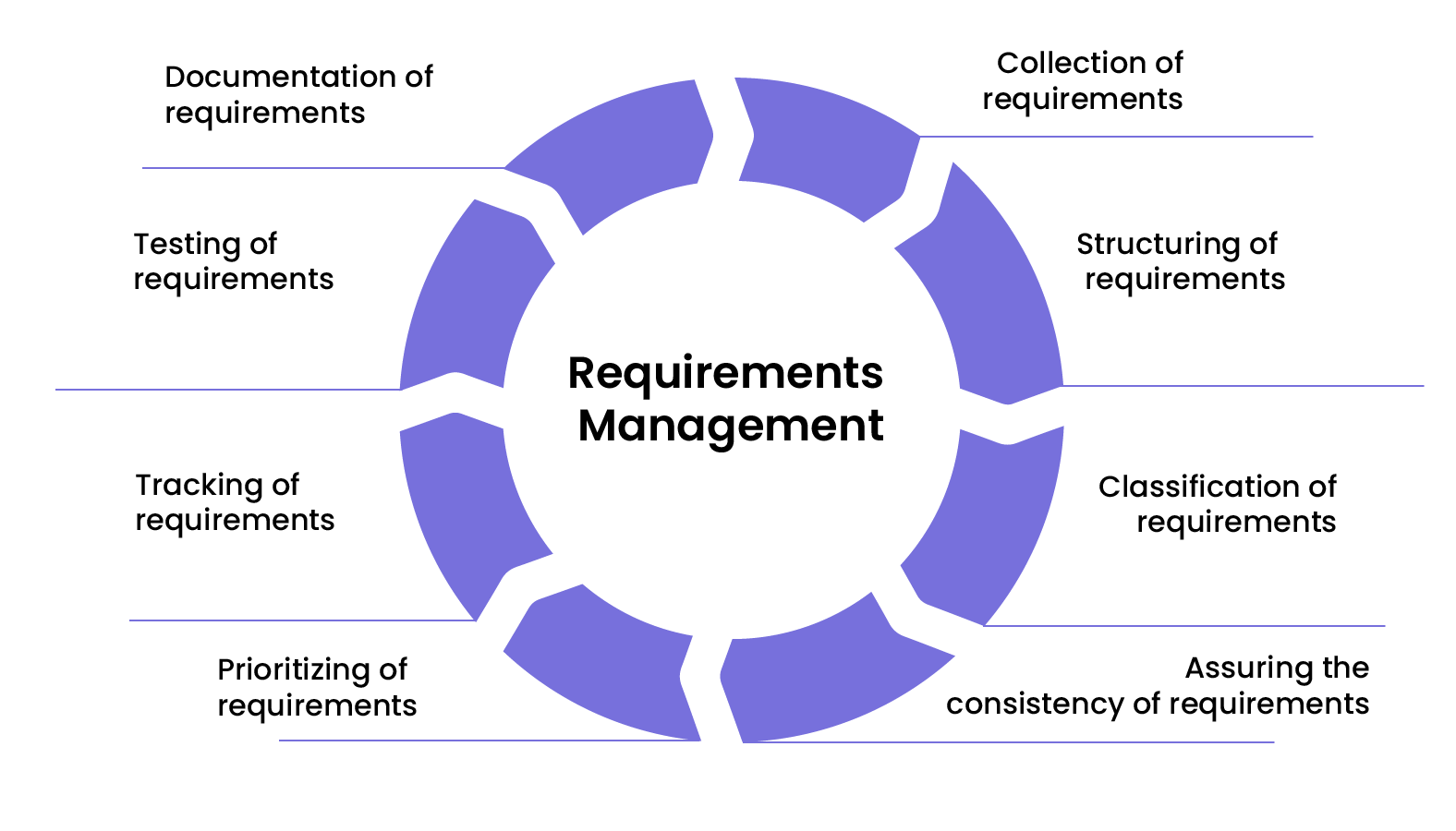
Now that we have a basic idea of what requirements are let’s take a look at the art of requirements management.
Requirements management can be defined as a continuing series of activities to ensure that all the project requirements are being adhered to. They are a check on whether or not requirements are being successfully met.
This process should be outlined in a requirements management plan. This plan should list all the requirements before the project starts. A proper project management requirement plan should be clear about the following:
- Identifying stakeholders and spelling out their needs and expectations
- Setting out the process of meeting requirements
- Clarifying the different types of requirements
- Prioritizing requirements in order
- Laying out a plan in case of changed requirements
- Communicating how requirements are being met during the project life cycle
In this way, requirements management can be viewed as a system to make sure that project goals are achieved to everyone’s satisfaction. It is important that these goals have pre-defined standards for approval. These standards should be documented, analyzed, and agreed upon before the project starts.
Communication is a key part of proper requirements management. With the right system of two-way communication, the project manager can avoid confusion. Expectations are understood and managed from the start to the end of the project.
The right process of requirements management can save time and resources. It can make the difference between a project that meets approved quality standards and one that does not. Every type of project needs requirements management, from simple jobs to complex activities.
Why is Requirements Management Important in Software Engineering?
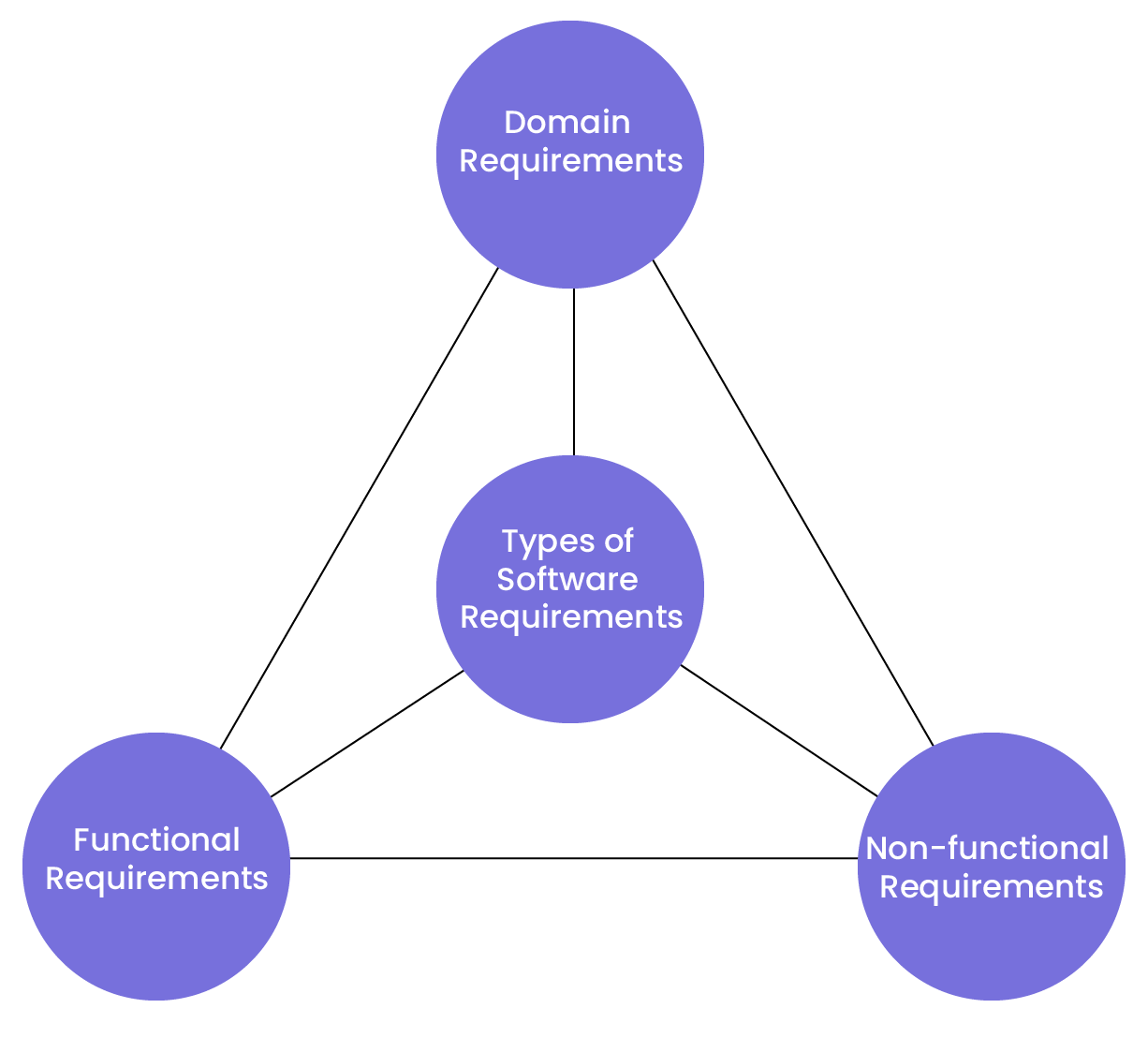
As we have pointed out, requirements management should be a crucial aspect of all projects. This is especially the case when it comes to software engineering.
In software engineering, requirements management allows the project manager and the team to define, control, and measure standards and changes that take place during the development process. This has many benefits.
- There is a clear understanding of the nature of the project and the standards to be met.
- Priorities are assigned, and resources can be accordingly allocated. This is especially critical for complex software development processes.
- If the requirements are clear, developers and testers have a better understanding of the expected quality. They will know what to test in beta versions and why.
- Errors and misdirection can be spotted early. This saves time and resources. Changing code at a later stage can be expensive and time-consuming.
- With regular communication from beginning to end, stakeholders are on board from the start.
- When the requirements plan mentions the statutory standards and conventions to be met, the software is of higher quality.
To sum up, in software engineering, requirements management ensures that the final product is in line with technological standards, client expectations, and the regulatory environment.
What Are the Different Types of Requirements?
Whatever the project, there will be various types of requirements associated with it. In project management requirements, it can be helpful to group these in terms of functional requirements and non-functional requirements.
- Functional requirements lay out the specific ways in which a system must behave. Typically, they are features associated with the end product. For example, authentication and authorization levels, interfaces, reporting structure, rules of operation, regulatory compliance, and so on.
- Non-functional requirements are those that define a system’s efficiency and quality standards. Some examples are speed, security, compatibility, and portability.
Another way to categorize requirements is by grouping them into business, solution, and stakeholder requirements. This is a comprehensive way of listing all of the requirements for a project.
- Business requirements are related to the long-term goals of the enterprise. How does the project fit into these objectives and what purpose does it serve in a business context?
- Solution requirements encompass the functional and non-functional elements that were discussed earlier. These are specific to the project and lay out standards that should be followed.
- Stakeholder requirements describe the expectations of the key people involved in the project. They can be the client, customers, shareholders, team members, and so on. These requirements revolve around aspects such as project milestones, deliverables, and overall progress.
Who Manages Requirements?
It is the project manager who is responsible for a project and its requirements. They have to list out and then manage requirements that affect the business, customers, product, and teams. To do this, a product manager has to first be clear about the expected requirements. After that, they have to evaluate and modify these requirements on the basis of their experience, expertise, and business objectives.
Communication and feedback are essential to the requirements process. They are especially important when it comes to specialized aspects of the project. For example, a legal department head can advise the project manager on legal requirements. Other stakeholders can communicate their expectations before the project starts.
After proper collaboration with all parties, the project manager has to lay out the final requirements. These should be signed off by all stakeholders. It is also important for the project manager to create a plan that outlines the course of action in case requirements change during the course of a project.
Stages of the Requirements Management Process
Requirements management starts before the actual work on the project begins. It continues until it is time for deliverables. Every project manager should carefully plan how to create and track requirements.
The preliminary stage of the process is vital. This ensures that every stakeholder and team member is on the same page. Too many projects get delayed or are unsuccessful because requirements are not detailed and planned from the start.
For most projects, there are five stages in the process.
1. Mapping the Requirements
First of all, the client and stakeholders have to be consulted. The essential requirements and expectations. This is the initial requirements gathering process.
2. Documentation and Understanding
Now, the requirements should be documented in detail. All technical and other aspects should be listed out. This will make clear that everyone has understood the requirements and knows what is expected. Requirements tracing is key: this is a process that explains why the requirement exists, the impact of changes if any, and prioritization.
3. Communication and Feedback
The requirement management document should be shared and discussed with stakeholders and team members. Changes should be considered and revisions made, if necessary.
4. Checking Milestones
The requirements should be understood in terms of project timelines and milestones. Resources, deadlines and project scope should be in alignment with the requirements.
5. Monitoring and Tracking
Once the project starts, requirements have to be monitored and tracked periodically. Progress should be communicated to stakeholders. A system should be in place for all department to regularly communicate their progress so that the project manager can keep an eye on what is working and what needs to be checked.
Requirements Management Challenges
As with many other elements of project management, requirements management comes with its own set of challenges. Here are some of the aspects to look out for.
Poor Documentation
At times, requirements are not met or have to be revised because of inadequate documentation. It is important for the project manager to ensure that all stakeholder needs are properly documented and circulated. These can be reference points for further work.
Conflicting Requirements
The project manager can sometimes come across requests that are in conflict. For example, the quality standards may mean a high outlay, which is not matched by resources. Again, proper communication is vital. It is only after stakeholder assigns priorities that work should begin.
End User Requirements
With software development projects, there may be too much emphasis on the requirements of stakeholders. This could mean that end users are left out of the picture. However, their needs are important too. Research groups and focus sessions can throw up other requirements that need to be carefully considered.
Clarity in Concepts and Versions
Sometimes, clients and stakeholders may express requirements in language that is too technical or abstract. If everyone related to the project is not crystal clear about their needs, there could be confusion later on. At all stages, requirements should be crafted in clear language without any vagueness. In software development, there could also be times when feedback on different requirements versions is received at different times. A clear process should be followed to minimise this. Otherwise it could happen that the requirement management is not done due to changes.
How to Manage Software Industry Requirements
Generally speaking, project managers take the same approach to requirements across a variety of projects. However, there are some specific steps and procedures that can be applied to software development. Software teams should be aware of what the management of software is not dependent on, and what is essential.
Here is what to look out for when it comes to requirement management in software engineering:
System Verification: The requirement manager should determine which attributes are defined for each stage of the software. What is the criteria, method and strategy? What is the operating environment?
System Tests: Other questions that need to be raised are about the methods of testing the requirements. What form should this take and what are the quality standards?
Tracking Versions: A specific feedback process should be outlined for checking requirements in different versions of software that is being developed. Version control by multiple stakeholders at different times should not delay the project.
System Validation: As which verification, this stage involves planning for validation events. Which mechanism will be followed? Which attributes need to be checked? These are critical questions for final client approval.
Tools for Requirements Management
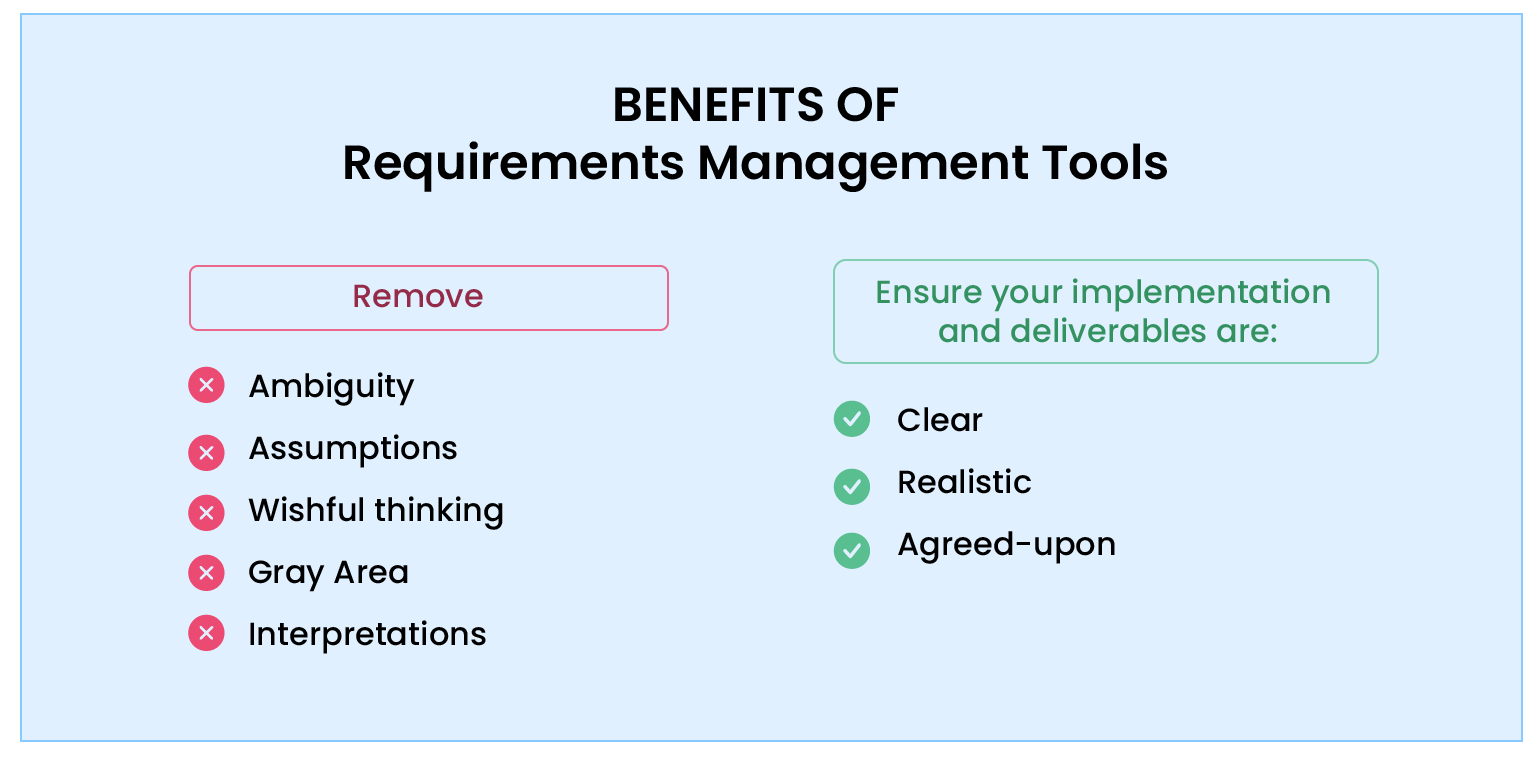
Project managers have access to many requirements tools. These are helpful because they can incorporate and integrate all the various aspects of requirements management.
Here are some benefits of a requirements management tool.
- It creates a shared and up-to-date database of requirements.
- It is an accessible platform of requirements for stakeholders.
- It is also a tool for communication, especially when it comes to requirements changes.
- It is a reference point for managing requirements, with details such as the person responsible for each aspect, the correct attributes to check, the timeline, and so on.
- It creates accurate tracking and monitoring systems of requirements.
- It can be used as a reference point for future projects that follow the same specifications.
These are some popular requirements tools.
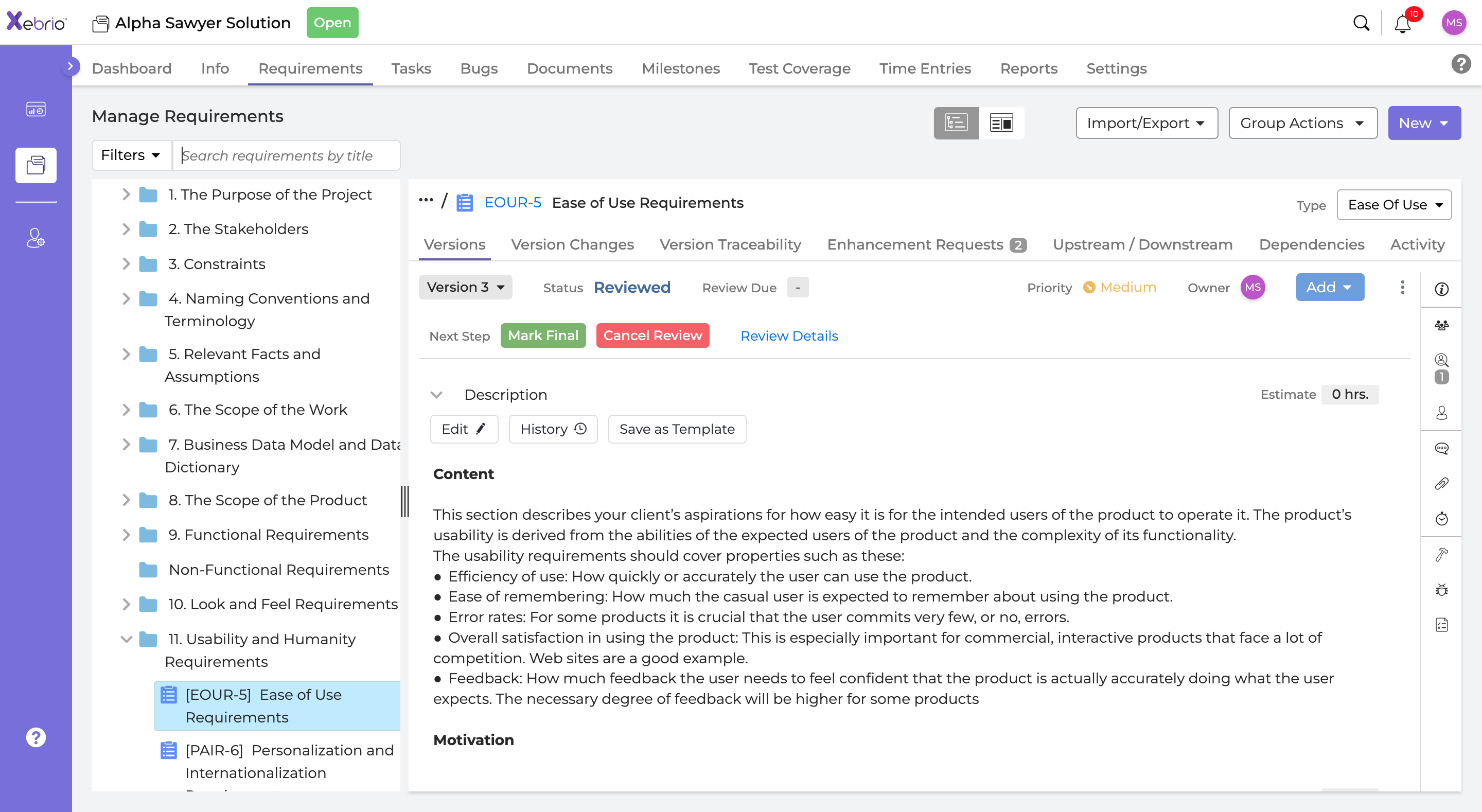
Xebrio has multiple easy-to-use features that let you track requirements professionally. With Xebrio, it’s simple to involve stakeholders, keep an eye on requirement changes, and ensure traceability.
With a clear understanding of every project’s requirements, clear communication, and the right tools, project managers can ensure that their projects pass every test with flying colours.
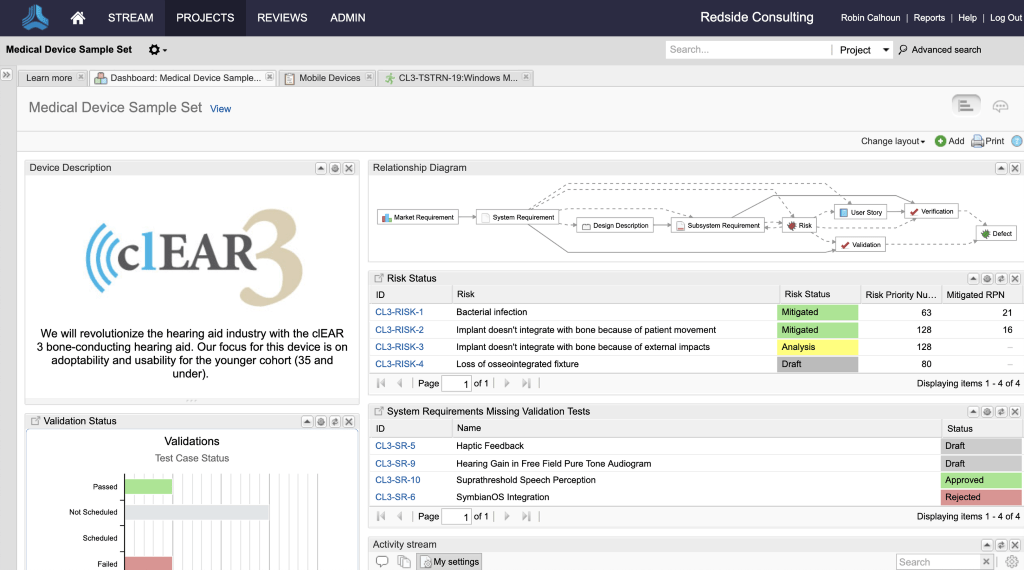
This requirement manager enables cross-discipline collaboration for faster decisions. Project managers and teams can create, review, validate, and verify requirements from one place.
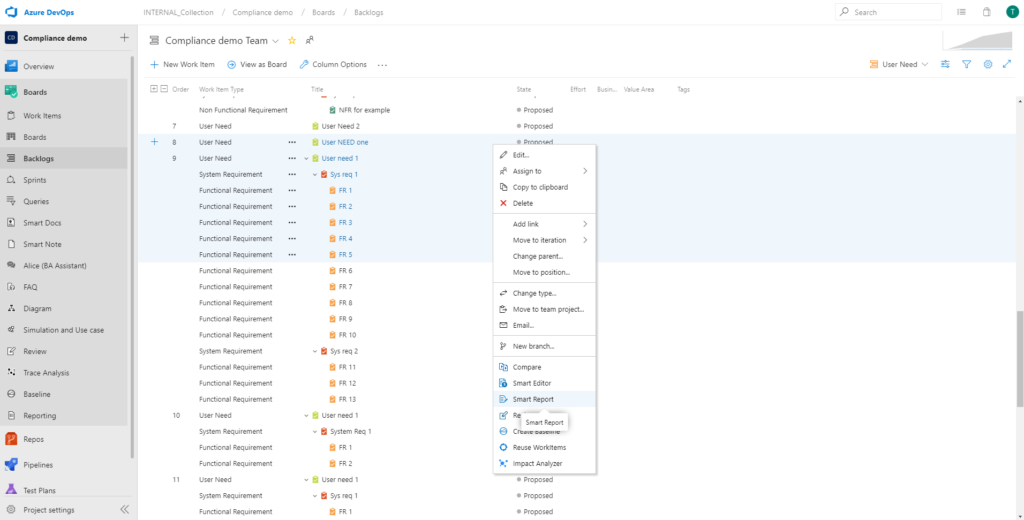
This platform has features that increase collaboration. Requirements can be tracked and traced as they change.
This is a requirement management tool that is used by many distributed teams. It is extremely helpful in managing requirements for projects in which team members are in different geographical locations.


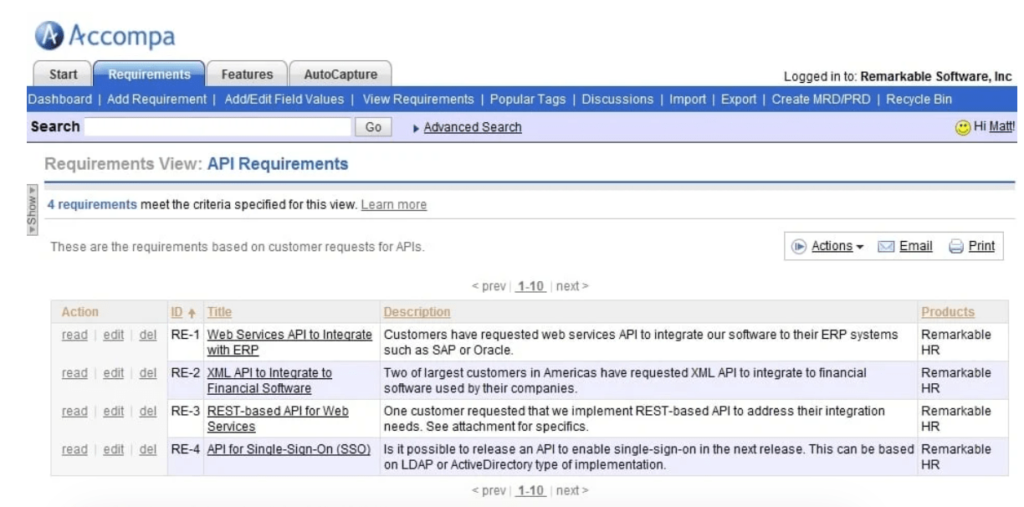




0 Comments